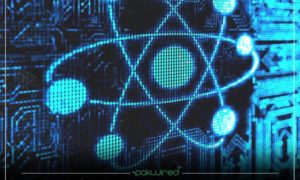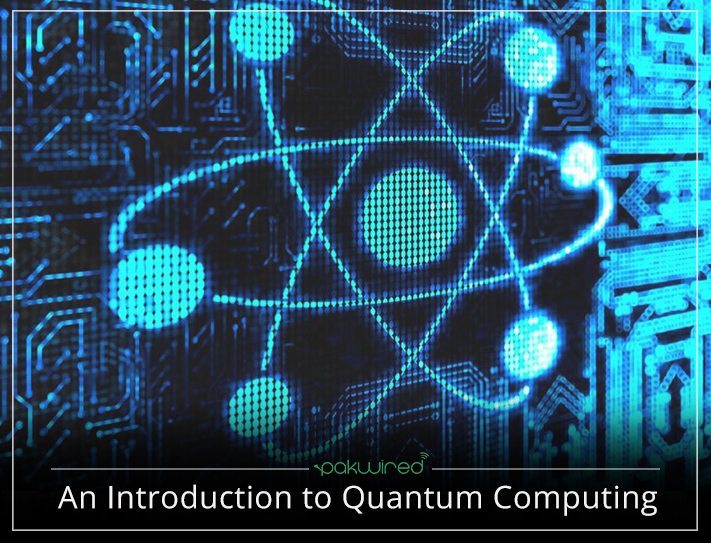Technology evolves at an exponential rate, there’s no denying that. Computers, smart phones, 3D printers, crypto currencies, bots, AI, and much more are available to be utilised for our personal or business use. Even the relatively immature technology seems to have the world excited, and understandably so. Though we are a while away from being able to fully utilise the power of ‘Quantum Computing’, the initial feedback is very promising to say the least.
What is Quantum Computing?
A warning, this may fry your brain but stick with me here, trust me its worth it! For those who are not aware of how current computers work, when processing information the smallest unit of information can be broken down in to is known as a bit, a ‘1’ or ‘0’, or ‘on’ and ‘off’ handled by a switch. The power of the computer is then dependent on how much binary transistors (minuscule power switches) within a microprocessor. So the more transistors, the more power you can have. Just for a comparison, the first Intel Processor in the seventies had 2300 transistors whilst nowadays they have produced microprocessors with over five billion transistors.
So that’s quite simple, right? Each transistor is either ‘1’ or ‘0’ and within the two choices, the ‘bits’ of information are stored. This is where things get exciting. With quantum computing this limitation is thrown out of the water. The ‘bits’ are known as ‘qubits’ because they are fluid in their state. Quantum Mechanics refers to this state as ‘superposition’ and what this means is the particle can be in a state of a ‘particle’ or a ‘wave’ or ‘particle and wave’, so because of superposition, a qubit can be a ‘0’ or ‘1’ or a ‘0 and 1’ at the same time. Translating this into the current scenario, one qubit can perform two equations at the same time, two qubits can perform 4 equations and so on. So in a nutshell, much more information can be held in our current hardware set up.
Current State of Quantum Computing
Currently the concept and physical production of quantum computing is a ‘baby’. D-Wave, a Canadian company has built one which costs $15 million and has been purchased by giants like Google and NASA. The thousand qubit computer is more powerful than the world’s computers combined so you can imagine the potential it has. With time the size, cost, and power will evolve and before it reaches us, the general public, one can only dream about the power that will be in our hands.
Why Should We Be Excited?
The endless power of quantum computing gives us hope. Even the primitive quantum computers are performing calculations that normal computers struggle with, and will most-likely soon be able to tackle those that current computers can’t even begin to handle.
Though we may be old and frail before Quantum Computing is used on a personal level, we must understand the revolutionary potential of quantum computing. As entrepreneurs too, we must be acquainted with the news and developments that revolve around it — staying ahead of the trend is what most entrepreneurs are good at. How this translates into your business model is another question you should start thinking about.
Putting theory into practice is never easy, hence the time it will take to develop the concept. Perhaps, it is something we can start thinking about in Pakistan, quite possibly lead the way in this emerging technology?
For those still scratching their heads, hopefully Justin Trudeau, the world’s favourite Prime Minister may be able to help.


